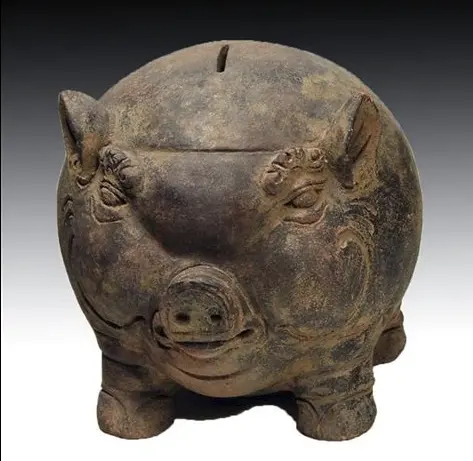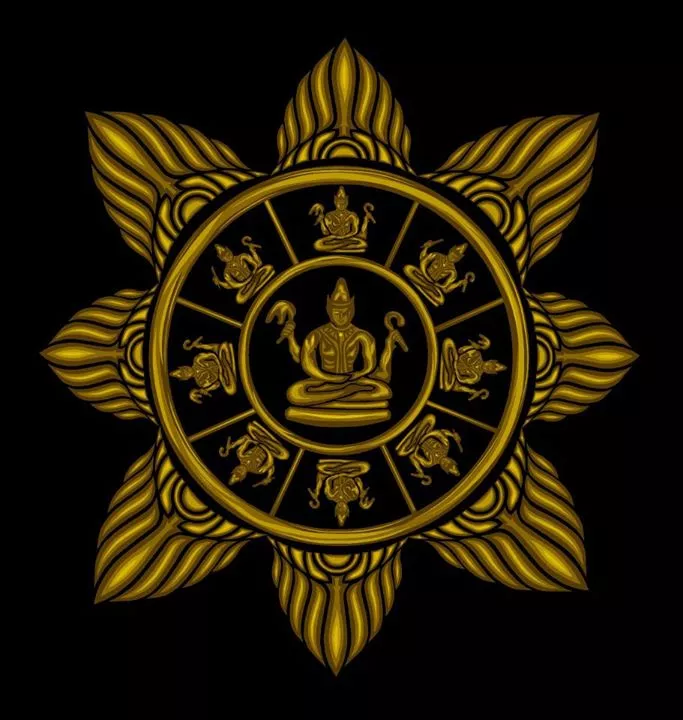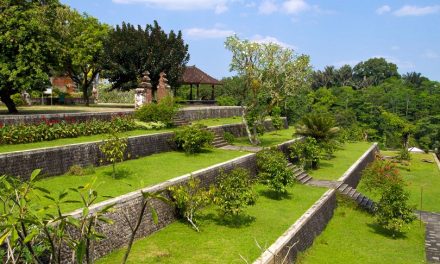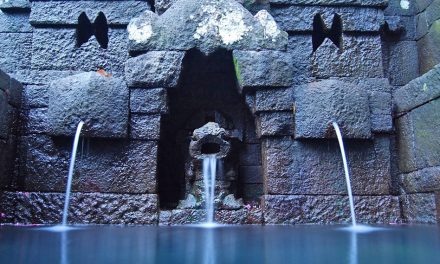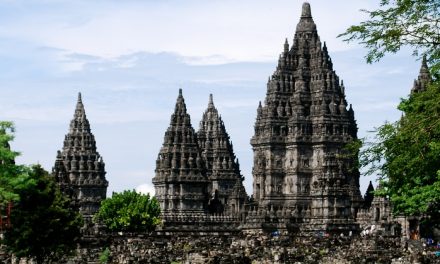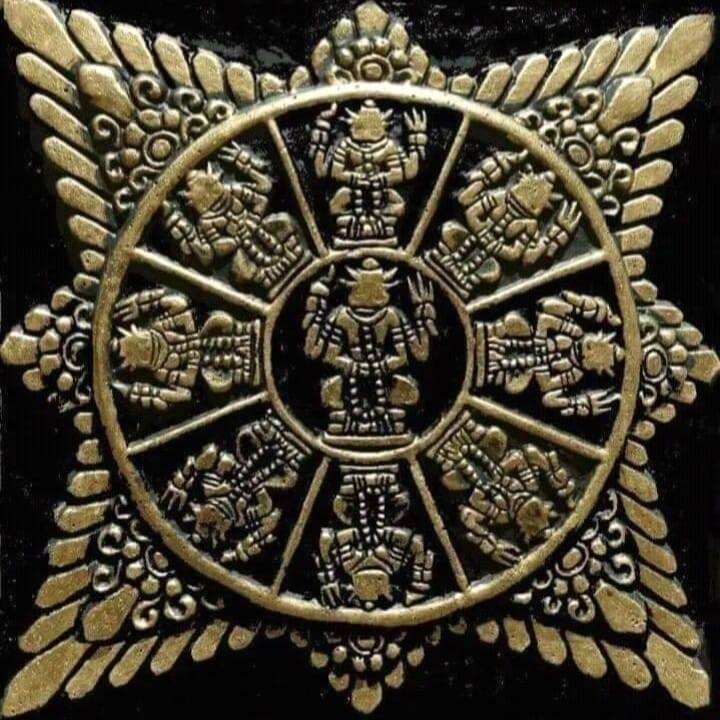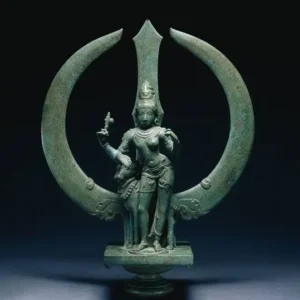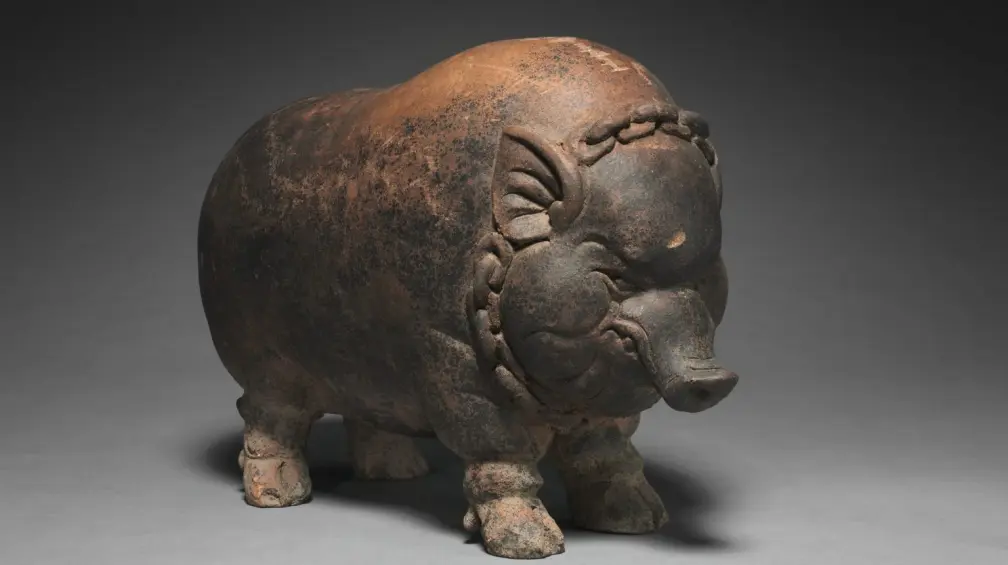
The Cèlèngan: Indonesian symbol of Luck and Prosperity
The earliest piggy banks known were made on the island of Java in the 12th century. These terracotta pigs are known as cèlèngan in Javanese.
The Majapahit Hindus were the first to use the design for coin containers, as boars symbolize good fortune and wealth.
Based on the island of Java, the Majapahit Empire reigned over what is today the Indonesian archipelago for three centuries.
Oderico of Pordenone, a Westerner in the Majapahit court in the 14th century, brought the artifacts to Europe. Shortly after, piggy banks started appearing in Germany.
Large numbers of them, most of them broken, have been discovered around the Trowulan area, the location of Wilwatikta, the ancient Indonesian capital of the Majapahit empire.
However, very few of them have survived intact, as these money boxes were always meant to be smashed open one day.
Most of the Majapahit terracotta piggy banks in existence have been pieced back together from fragments.
Unbroken Majapahit Piggy Banks are very rare and command very high prices in international auctions (from $2,000 to $10,000!).
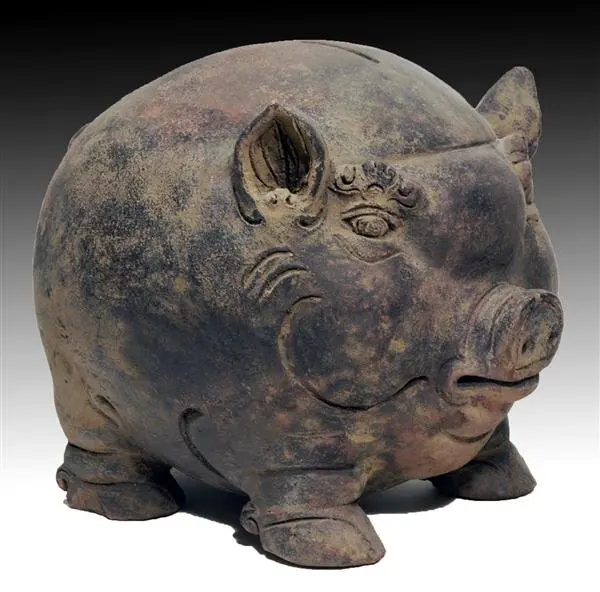
Luck and Prosperity
The pig and the boar are symbols of luck and material prosperity in all cultures across the world.
Someone who gets lucky in German is said to have “schwein gehabt” (“got pig!”). Or, Germans use the expression “glücksschwein” (“lucky pig”).
Pigs and boars are fertile and enjoy wallowing in the earth, and thus are seen as symbols of prosperity, good fortune and represent a connection to the spirits of the earth.
It makes sense therefore that clay taken from the earth is used to shape the piggy banks.
They are also associated with the Babi ngepet, a boar demon in Indonesian mythology.
Wild boars were a powerful status symbol both in Europe and in Java.
The hunt was an allegorical ritual of aristocratic domination over both nature and enemies. To tame such a fierce foe required great virtus (courage, manliness), or vīrya in Sanskrit.
The Deśawarnana describes wild boar locked in combat with the hunters as ‘formidable’ with red eyes and tusks as sharp as daggers.
Its author, Prapañca, counts wild boar among the ‘superior dishes’ served at royal feasts and the finest gifts of homage.
In reciprocity for gifts, the king served pork on ‘trays all made of gold’. Prapañca describes gifting pork as an important part in this demonstration of wealth and generosity.
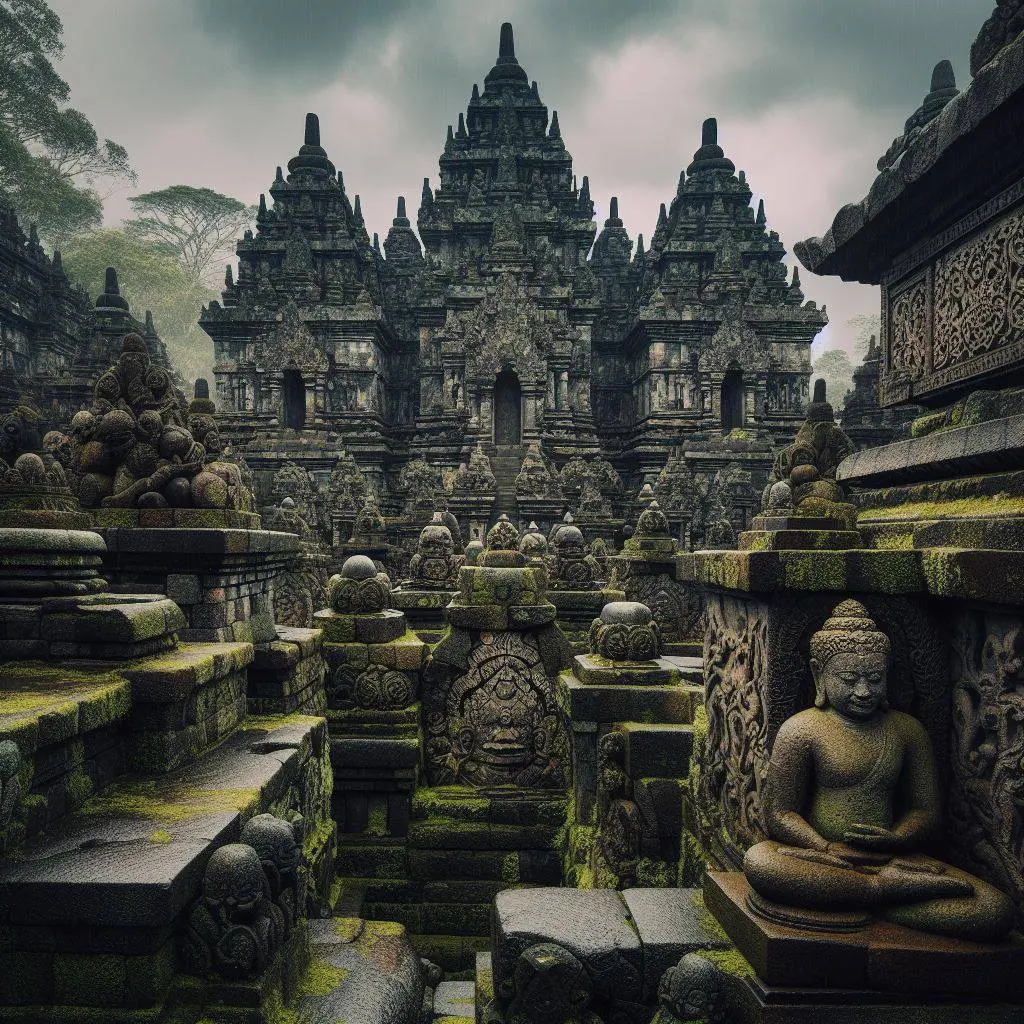
Divine Kingship and the Cosmic Boar
The king’s role as protector of the world and ‘Lord of the Lords’ was a central tenet in the Southeast Asian model of divine kingship.
The Majapahit conception of a divine king, or Devaraja who keeps the world in order correlates to that of of Vishnu, the Preserver of the World.
Most of the names of the kings of the East Javanese period adopted names meaning ‘Vishnu’s incarnation“, or represented themselves as Harihara.
Even though Shiva became the central god in the Majapahit period, the role of kingship was associated with the symbology of Vishnu.
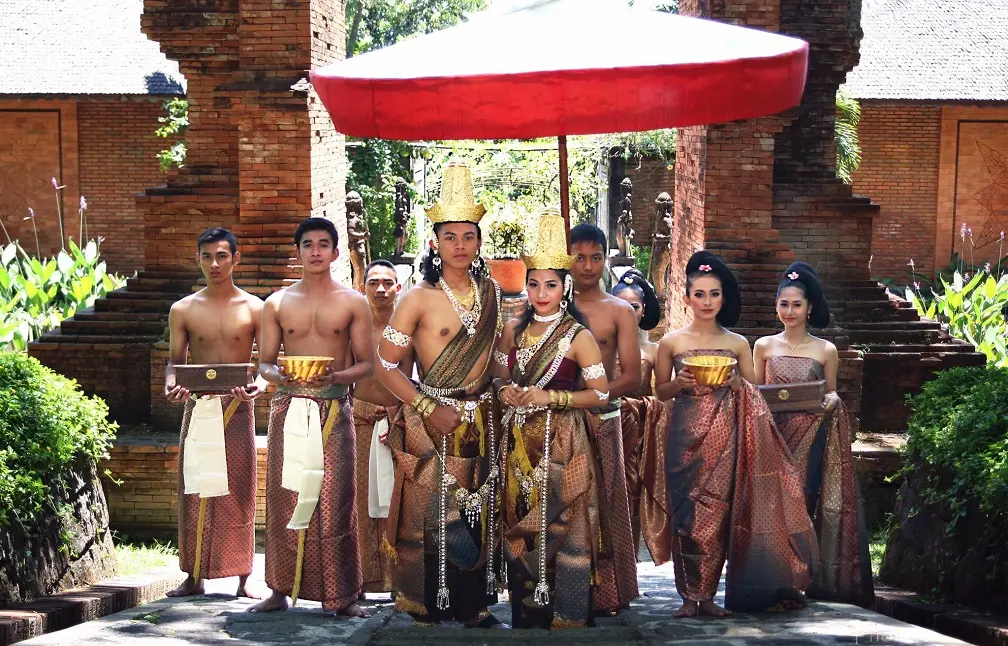
Majapahit cosmology was a coalition of indigenous, Vedic and Tantric elements. This tradition included the legend of Varaha, Wishnu’s boar avatāra (divine incarnation).
The link between fertility, wealth, prosperity and the maintenance of the world appears also in the Javanese mythology of Panji and Candrakirana, incarnations of Vishnu and his consort Sri Devi. Wealth, prosperity, agricultural fertility, and the divine boar Varaha are closely related with Majapahit kingship.
The symbol of the boar also has parallels between the accumulation of coins and meat, the prestige of killing wild boar, the generosity of gifting pigs and their meat, and the divine role of the king as protector of the world.
Cèlèngan were thus used both as gifts of homage and royal generosity, and as vessels for tax money intended for the king.
Cèlèngan were given istead of real pigs, filled with gold coins and decorated to evoke a combination of the formidable boar of the hunt, the meaty-wealth of a pig intended for slaughter, and the divine nature of Majapahit kingship.
This is probably the reason behind the very high density of cèlèngan found around Trowulan, the capital of the Majapahit kings.
